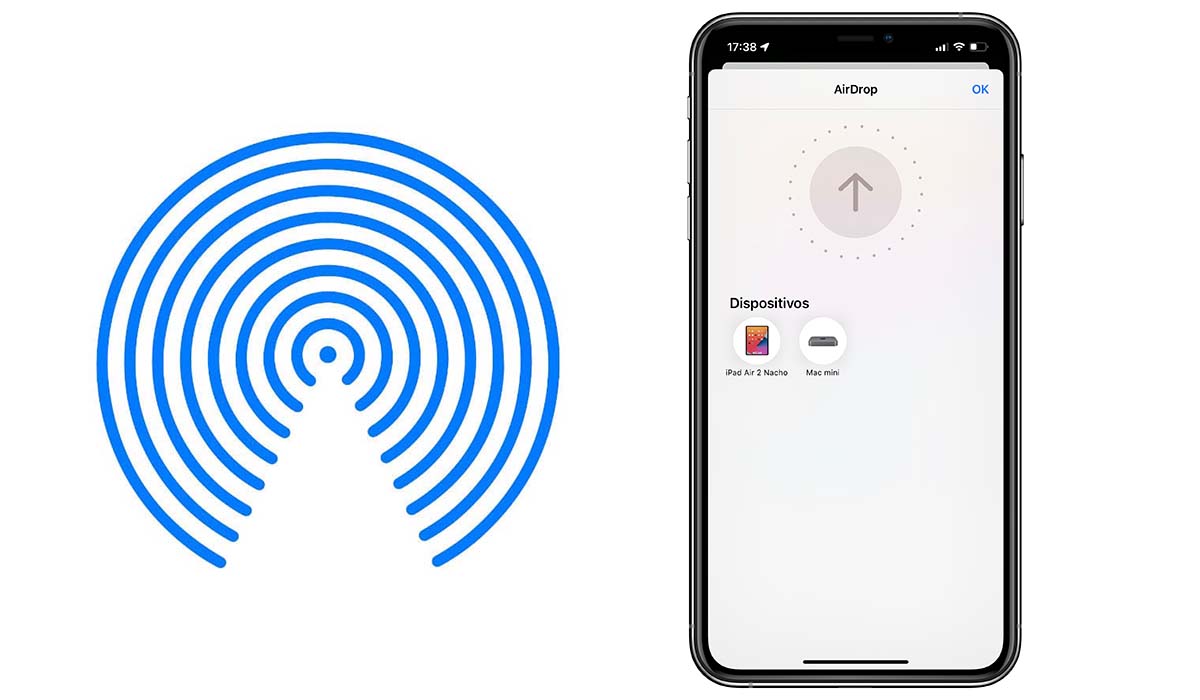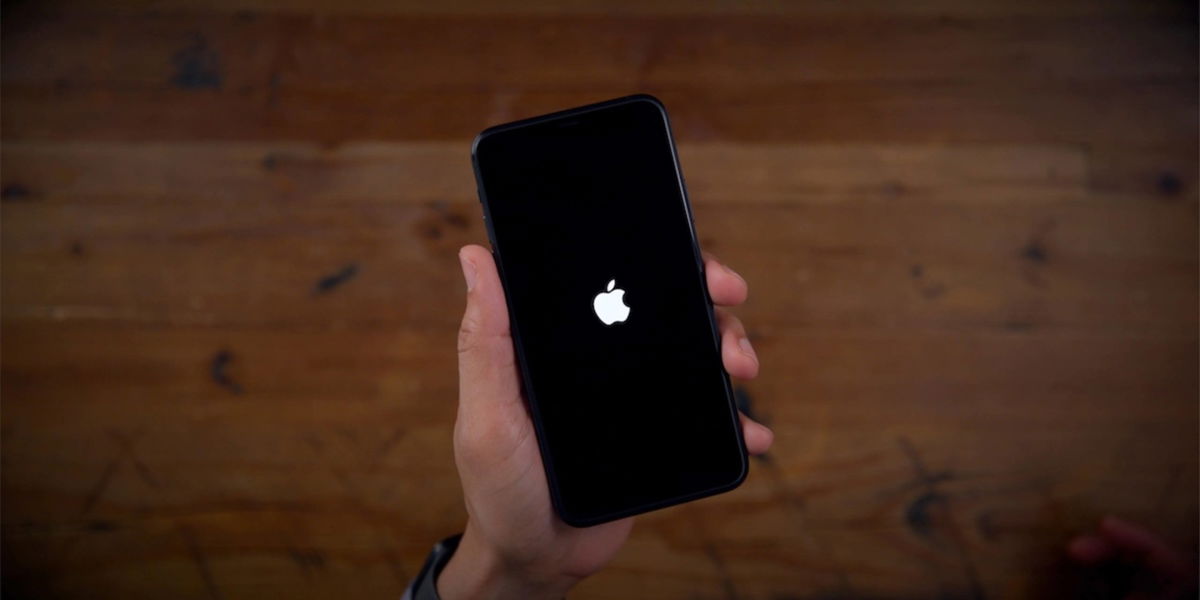
If you’ve just released a new iPhone or iPad, you’ve probably wondered what is airdrop. It is also likely that you have just discovered this feature on your iPhone, iPad or Mac, whatever it is, in this article we will ans wer all the questions you have about this proprietary technology from Apple.
What is AirDrop?
AirDrop is Apple’s proprietary communication protocol that allows all devices managed by iOS, iPadOS and macOS share any type of file between you without needing to use an internet connection as long as you are nearby.
The AirDrop protocol uses Wi-Fi and Bluetooth devices, so both must be enabled to share content via AirDrop.
The Cupertino-based company announced this technology in 2011, however, not limited to devices released by Apple since that dateas it is also available on older devices, such as MacBooks from 2008.
Apple allows us to configure AirDrop to limit the number of people around us who can send us files: everyone, only contacts or people with disabilities.
AirDrop-enabled devices

AirDrop is available in iOS 7 on the following devices, but only for share content with other iOS devices:
- iPhone 5 or later
- iPad 4th generation and later
- iPad Pro 1st generation and later
- iPad Mini 1st generation and later
- iPod Touch 5th generation and later
The AirDrop protocol is available for share files between mac From OS X 7.0 Lion and computers:
- Mac Mini from mid-2010 and later
- Early 2009 Mac Pro with AirPort Extreme card and mid 2010 and later models.
- All MacBook Pro models after 2008, except the 17-inch MacBook Pro.
- MacBook Air after 2010 and later.
- MacBooks released after 2008 or newer, excluding white MacBooks
- iMac early 2009 and later
If you iPhone is run by iOS 8 or later and your Mac is run by OS X 10.0 Yosemite or later, you can share content between iPhone, iPad, iPod touch, Mac and vice versa between the following devices:
- iPhone: iPhone 5 and later
- iPad: iPad 4th generation and later
- iPad Pro: iPad Pro 1st generation and later
- iPad Mini: iPad Mini 1st generation and later
- iPod Touch: iPod Touch 5th generation and later
- MacBook Air mid 2012 and newer
- MacBook Pro from mid-2012 and later
- iMac from mid-2012 and later
- Mac Mini from mid-2012 and later
- Mac Pro from mid-2013 and later
Storage location for files shared via AirDrop
According to file format that we receive on the iPhone, iPad and iPod touch, these will be stored in one application or another:
- Photos and videos: If we receive both photos and videos recorded with an iPhone, they will be automatically stored in the Photos app.
- videos: If they are videos in a format not compatible with iOS, iOS will not recognize the format and ask us with which application we want to open it.
- Folders: When iOS is unable to associate the file extension with a native app, it will show us a list of apps to store the file in to open it later.
- web links: If we share a web link, iOS will automatically open the link with the default browser that we have installed on our device.
If we share a file from an iPhone to a Mac or between Macsthe computer will perform one action or another depending on the type of file being shared.
- Folders. Regardless of the file type, macOS will store the file directly in the Downloads folder. It doesn’t matter whether it’s photographs, videos, text documents…
- web links. For web links, macOS will automatically open the link in your computer’s default browser.
What types of files can be sent with AirDrop

AirDrop allows us share any file format between devices managed by iOS, iPadOS and macOS. It doesn’t matter if the destination computer doesn’t have a compatible application to open it.
Apple claims that there is no maximum space limit of a file to send it via AirDrop. However, if the size is too large, it is more than likely that the iOS device will go to sleep and the screen will turn off.
If it happens, the transfer will be interrupted. Using AirDrop to send large video files is not recommended. In these cases, it is better to use one of the options that we show you in another article in which we teach you how to transfer photos from iPhone to Mac.
How to Setup AirDrop on iPhone

configure which people can send us files via the AirDrop protocol on the iPhone, you must follow the steps that I detail below:
- We access the control panel by sliding your finger from the at the top right of the screen.
- We press and hold down the Wi-Fi icon.
- Next, press and hold the AirDrop.
- Ultimately, We select the mode that best suits our needs.
How to Set Up AirDrop on Mac
To configure which people can send us files via AirDrop on Macyou have to follow the steps that I detail below:

The first thing we need to do is show AirDrop icon in top menu bar. To do this we must perform the steps that I show you below:
- We access System Preferences.
- In System Preferences, click Dock and menu bar.
- Then, in the left column, click AirDrop.
- In the right column, check the box Show in menu bar.
To enable AirDrop and limit who can send us filesclick on the icon in the menu bar and:
- We flip the switch to turn off AirDrop.
- We select Only contacts O Everyone.
Alternatives to AirDrop for Windows

As I mentioned at the beginning of this article, the AirDrop protocol it’s exclusive to appleit is therefore not available on any other platform.
One of the Best Alternatives to AirDrop for Windows and which, in addition, is also available for Android, is AirDroid, a completely free application that works through a web browser and with an application for Windows.

Table of Contents








